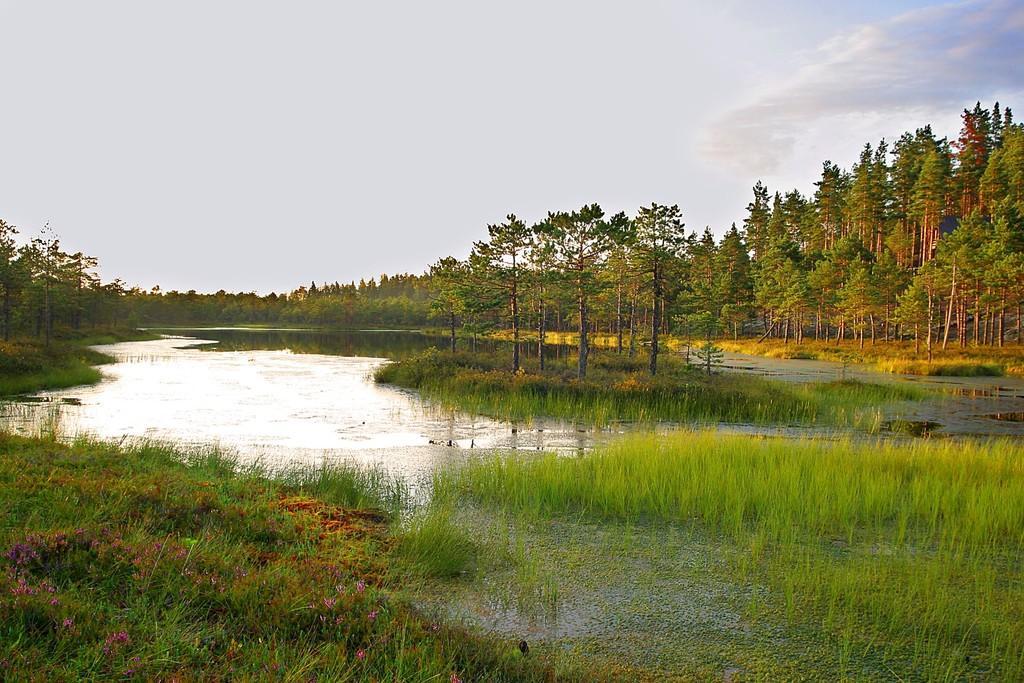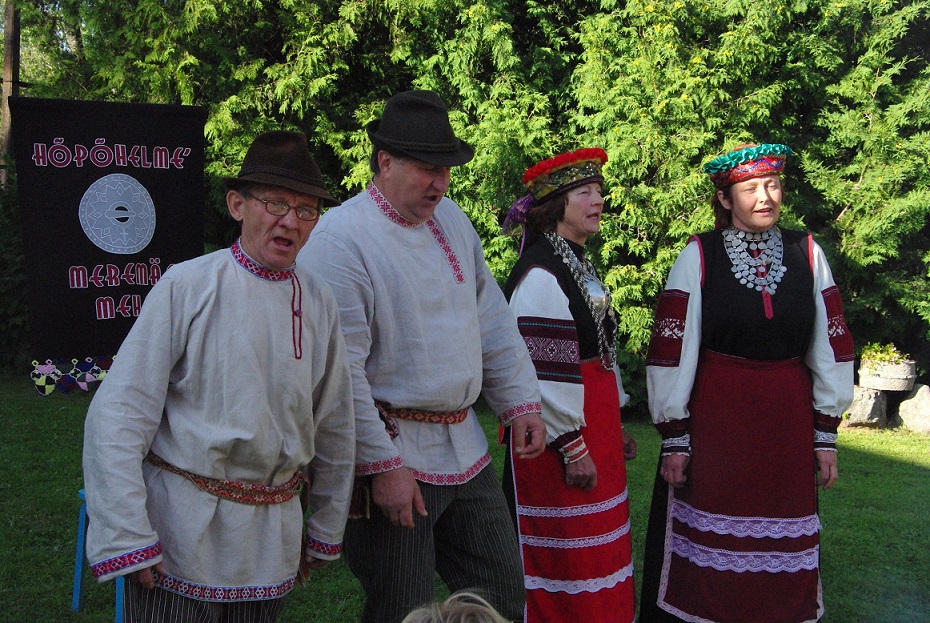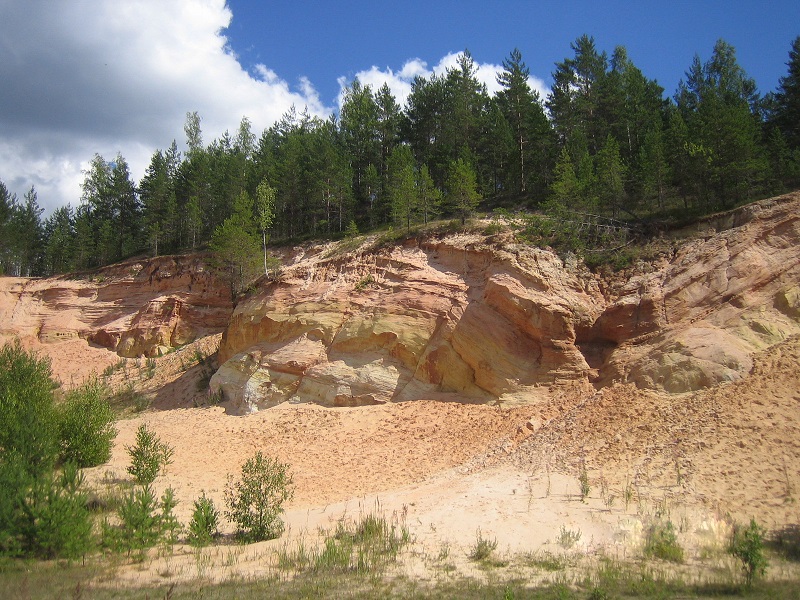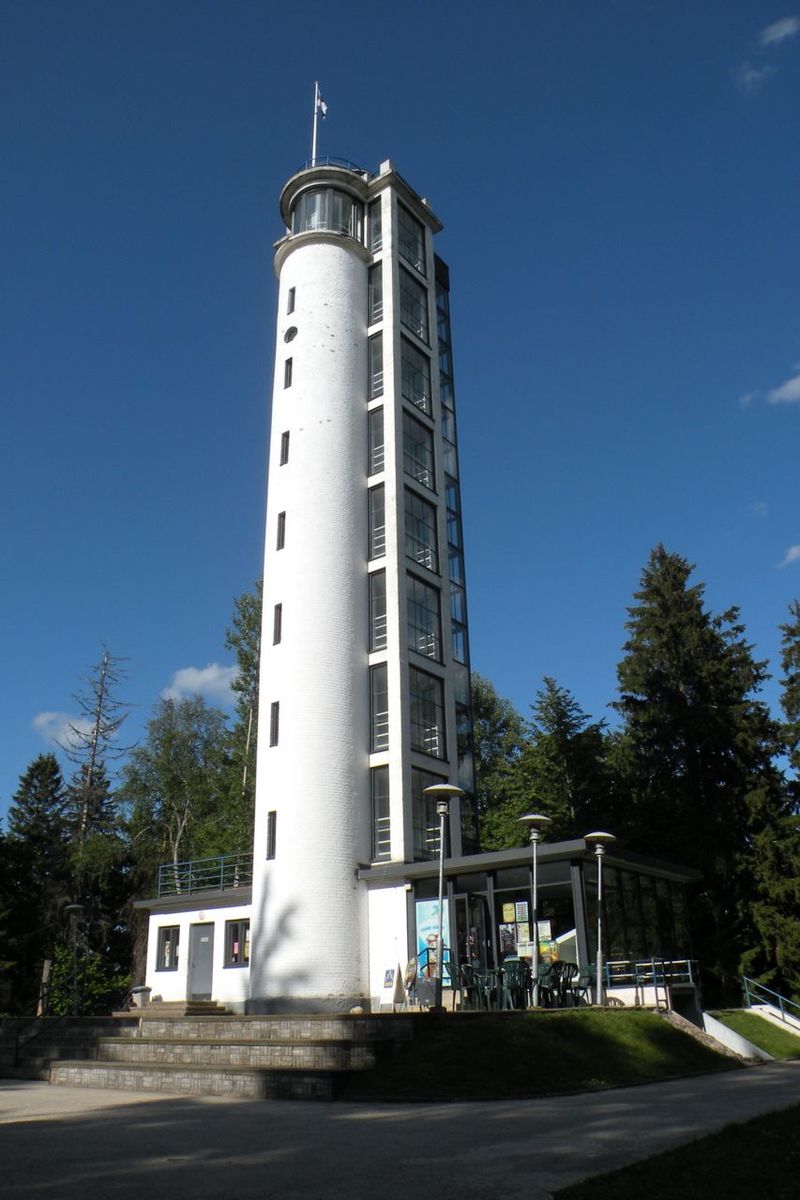BIOGEOMON 2022
Technical tour 5
South-East Estonia
We will start our day with a visit to Meenikunno Nature reserve in Southern Estonia where we take a small and easy hike in pristine and well-preserved 6000-year-old raised bog and surrounding old-growth forests.
Meenikunno Nature Reserve covers 2,651 hectares and it was founded to maintain and protect the unique bog, the lakes and bumps as well as the habitats of protected species. The south-western part of the bog arose when a body of water overgrew after the Ice Age more than 8,000 years ago. The development of the rest of the bog has started in a relatively unique way for Estonia: the bog peat has sedimented directly on the sand. The peat layers of the Meenikunno bog, which are up to six metres thick, are saturated with water but the sand beneath them is saturated only partially, so that the bog is ‘hanging’ on dry sandstone. This means that the ground water is deep down and there is a dry layer under the bog. The bog with the approximate area of 1,500 hectares is predominantly covered with scattered pine trees, but there are also several bog pools and lakes (Kamarusjärv, Middle Suujärv and Big Suujärv). Around the bog, old-growth pine and spruce forests on sandy soil dominate.
In addition to visit to scenic bog, we will also get acquainted with future plans to restore water level in surrounding forest areas that have been drained during Soviet time.
From Meenikunno, we will move southwards to visit culturally rich Setomaa region and have a short introduction to traditions and lifestyle of Seto people. Setos are an indigenous ethnic and linguistic minority in south-eastern Estonia and north-western Russia. The Seto language (like Finnish and Estonian) belongs to the Finnic group of the Uralic languages. Along with Orthodox Christianity, vernacular traditional folk religion is widely practiced and supported by Setos. Seto Leelo – Seto polyphonic singing tradition – is listed as an Intangible Cultural Heritage element in Northern Europe by UNESCO. There are approximately 15,000 Setos around the world, but the bulk of them is found in the Setomaa region, which is divided between south-eastern Estonia (Põlva and Võro counties) and the north-western Russian Federation (Pechorsky District of Pskov Oblast). Setos are an officially protected ethnic minority of Pskov Oblast, Russia

|

|

|
In Setomaa, we will visit Piusa-Võmmorski protected area where we explore the outcome of the restoration of heathland ecosystem from afforested area. In the same place, abandoned quarry has turned into habitat for Northern crested newt (Triturus cristatus). Together with the project manager, it is possible to discuss the outcome and effectiveness of restoration activities in degraded lands.
If time allows, on our way back to Tartu we will visit the highest place of Estonia – whole 316 meters of mountain (Munamägi hill). Don’t feel disappointed by the relatively low height of the hill – it is still the highest peak in the whole Baltic region and is situated in very picturesque hilly region of Haanja Nature Park.


